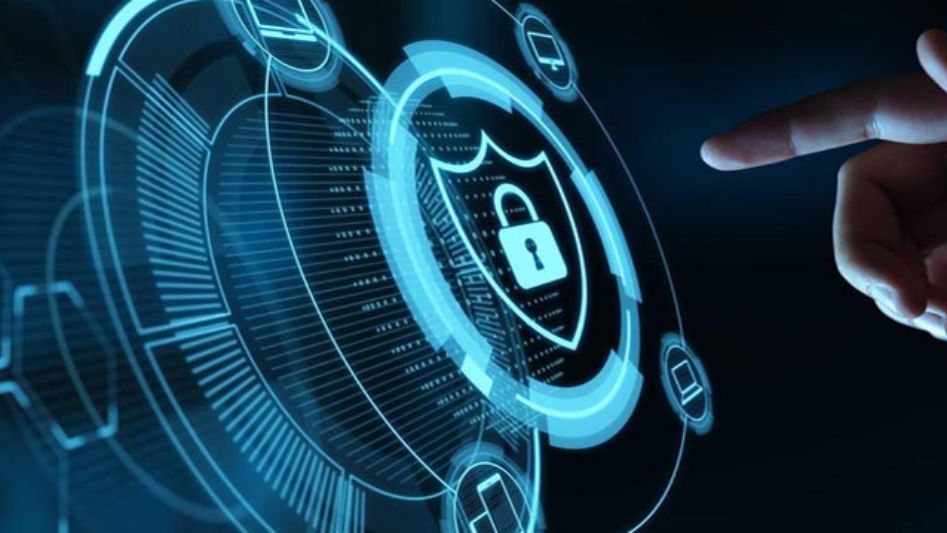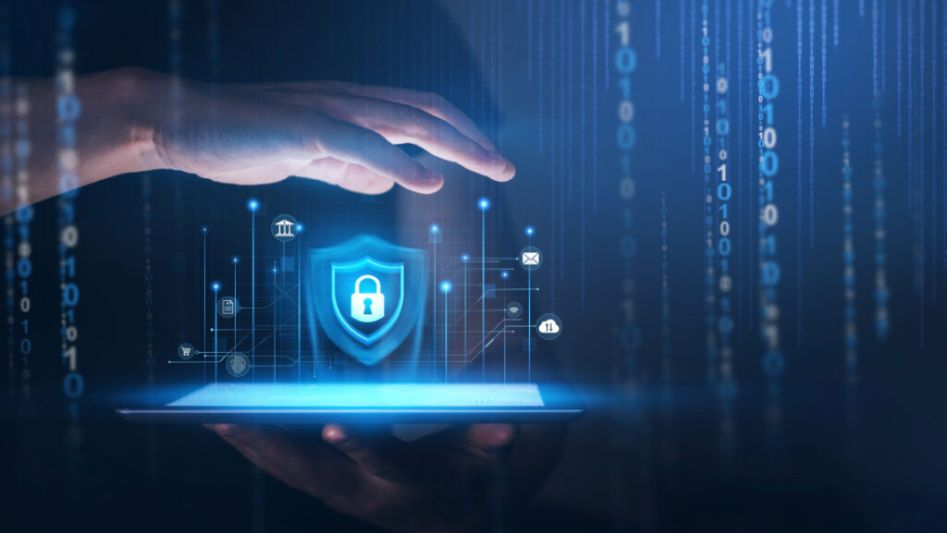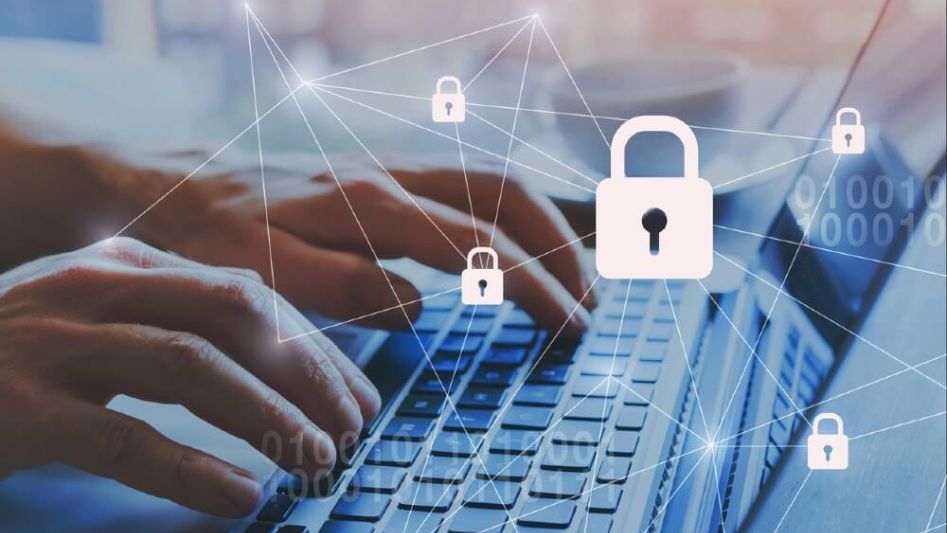In the interconnected digital age, cybersecurity threats have escalated in both complexity and frequency, posing severe challenges to individuals, businesses, and governments alike. Cybersecurity has rapidly become a critical priority as these threats have the potential to disrupt the very fabric of our digital lives. This article delves into the evolving landscape of cyber threats and offers guidance on safeguarding against them.
Table of Contents:
We invite you to read: “MACHINE LEARNING IN CYBERSECURITY: DEFENDING AGAINST EVOLVING THREATS”

Understanding the Cyber Threat Landscape
The first step in protection is understanding the threat landscape. Cyber threats can come in various forms, including malware, ransomware, phishing attacks, and Advanced Persistent Threats (APTs). As technology advances, so do the methods of attackers. They now exploit cutting-edge techniques such as artificial intelligence and machine learning to bypass traditional security measures.
The Evolution of Malware and Ransomware
Malware has evolved from simple viruses to state-sponsored tools of cyber warfare. The rise of ransomware, a type of malicious software designed to block access to a computer system until a sum of money is paid, has particularly been alarming. These attacks have moved from targeting individuals to crippling large corporations and essential services.
Phishing: The Human Vulnerability
Phishing attacks, which trick users into revealing sensitive information, rely on social engineering and have become increasingly sophisticated. The replication of legitimate communications from reputable organizations can deceive even the vigilant users, leading to unauthorized access and data breaches.
The Cybersecurity Arms Race
With the proliferation of cyber threats, the field of cybersecurity has become a global arms race. Both attackers and defenders are continually updating their tactics and tools.
The Role of Artificial Intelligence
Artificial intelligence (AI) plays a dual role in cybersecurity. While it strengthens defense systems through predictive analytics and automated responses, AI also allows cybercriminals to carry out more complex and targeted attacks.
Nation-State Cyber Warfare
Cybersecurity is no longer just an IT concern; it is a key aspect of national security. Governments worldwide are investing heavily in defensive and offensive cybersecurity capabilities, recognizing the potential for cyber-attacks to disrupt critical infrastructure and influence political processes.
Protecting Personal Data
For individuals, protecting personal data has become a daily concern. Simple steps can often be the most effective against cyber threats.
Use Strong, Unique Passwords
Using strong, unique passwords for different accounts is fundamental. Password managers can aid in creating and storing complex passwords that are difficult to crack.
Regular Software Updates
Keeping software up to date is crucial, as updates often patch security vulnerabilities. Cybercriminals exploit outdated systems, so automating updates can provide better protection.
Two-Factor Authentication
Enabling two-factor authentication (2FA) adds an extra layer of security, ensuring that even if a password is compromised, unauthorized access is still difficult.
We invite you to read: “THE IMPORTANCE OF CYBERSECURITY IN THE AGE OF IOT”

Securing Business Environments
Businesses face significant challenges in protecting their digital assets and infrastructure. The cost of a data breach can be catastrophic, not just financially but also in terms of reputation and trust.
Employee Training and Awareness
Human error is a major vulnerability. Regular training and awareness campaigns can educate employees on the latest phishing tactics and proper digital hygiene practices.
Robust Incident Response Plans
A well-prepared incident response plan can minimize the damage of a cyber-attack. It should include identification, containment, eradication, recovery, and lessons learned phases.
Invest in Advanced Security Solutions
Investing in advanced security solutions like end-to-end encryption, firewalls, and intrusion detection and prevention systems can provide comprehensive protection against a wide range of threats.
The Role of Government and Legislation
Governments around the world are enacting legislation and regulations to protect consumers and businesses from cyber threats.
Data Protection Regulations
Regulations such as the General Data Protection Regulation (GDPR) in the EU have been pivotal in increasing organizational accountability for data protection.
Cybersecurity Frameworks
National cybersecurity frameworks are being developed to standardize the approach to managing and reducing cyber risk associated with critical infrastructure.
We invite you to read: “MACHINE LEARNING VS. ARTIFICIAL INTELLIGENCE: WHAT’S THE DIFFERENCE?AUTO DRAFT”

Conclusion
The rise of cybersecurity threats has made the digital landscape a perilous one. Yet, by staying informed about the types of threats and implementing robust security measures, both individuals and businesses can protect themselves. It requires a collective effort and a continuous commitment to security best practices to defend our digital world. As we become more reliant on digital technologies, the importance of cybersecurity cannot be overstated – it is the shield that safeguards our digital frontiers.
FAQs
Are businesses required to follow any cybersecurity regulations?
Yes, many regions have regulations like GDPR in the EU that mandate businesses to protect consumer data and report breaches.
What should a business’s incident response plan include?
An incident response plan should include steps for identification, containment, eradication, recovery, and a post-incident review to learn from the event.
Can software updates really make a difference in cybersecurity?
Absolutely, software updates often include patches for security vulnerabilities that, if left unaddressed, can be exploited by cybercriminals.
Is two-factor authentication really necessary?
Yes, 2FA is a simple but effective measure that adds an additional layer of security beyond just a password, making unauthorized access considerably more difficult.
You May Also Like
- IOT SECURITY CONCERNS: SAFEGUARDING DEVICES IN A CONNECTED WORLD
- THE ROLE OF ARTIFICIAL INTELLIGENCE IN MODERN SOFTWARE SOLUTIONS
- SOFTWARE DEVELOPMENT TRENDS IN THE AGE OF AI: WHAT TO EXPECT IN THE NEXT DECADE
- AI IN FINANCE: HOW MACHINE LEARNING IS CHANGING THE BANKING INDUSTRY
- THE FUTURE OF TECH: EXPLORING EMERGING TRENDS IN 2023


Recent Comments